The Best American Single Malt Whiskeys That Mark a Homegrown Renaissance
A new era of American whiskey is pushing us past our old bourbon and rye standbys. Recently, a new whiskey category has been making space for itself on the shelves: American single malt. New whiskey categories don’t just pop up overnight. It takes years, sometimes decades, for styles to establish themselves, create an agreed upon set of regulations, and carve out a large enough piece of the market to get consumers to recognize a difference.
American single malt whiskey is currently the fastest-growing whiskey category in the United States. Over 200 distilleries are currently producing the liquor style, using a melange of barley varieties, production methods, and maturation techniques to create a uniquely American whiskey inspired by its iconic Scottish cousin.
Last year, the Alcohol and Tobacco Tax and Trade Bureau (TTB) announced it as a formal category and gave it an official definition. In the wake of the decision, the whiskey style has continued to boom.
This now makes navigating the whiskey aisle at your local liquor store a bit more exciting. Normally, you have on one side the classic Scotch—spawned in medieval Scotland in places so muddy, lush, and frigid that the only way to survive winter was to wrap yourself in animal fur, huddle against the fire, and fill your blood with brown liquor.
Then there's Irish whiskey, made famous by those feuding brothers on the far side of the British Isles—the Jamesons and Bushmills (Catholic the former, Protestant the latter)—who made the equally-as-ancient spirit a staple of carousing in Ireland.
The final choices in most humdrum liquor stores are the American options—Jack Daniel’s, bourbon, and maybe rye if you’re lucky. If you’re at a fancier spot, you may have some options from Japan, or even Mexico these days.
Bourbon (no disrespect to Jack Daniel’s) dominates the U.S. whiskey scene. The last several decades saw the primarily corn-based spirit skyrocket in value and move far beyond the warehouses of Kentucky’s vaunted Bourbon Trail. Distilleries popped up in Indiana, Texas, California, and beyond, increasing the variety of expressions available. Outside of that, rye burst back onto the field, adding a touch of diversity to the at-times homogenous U.S. whiskey market.
Now American single malt has arrived for real, adding a truly versatile whiskey to the marketplace.
What Is American Single Malt?
Single malts are traditionally the domain of Scottish distillers, but with a unique climate, a diversity of oak, and tons of malted barley, the U.S. is innovating aggressively.
According to the American Single Malt Whiskey Commission (ASMWC), American single malt must be made from 100 percent malted barley; distilled entirely at one distillery; mashed, distilled, and matured in the United States; matured in oak casks of a capacity not exceeding 700 liters; distilled to no more than 160 (U.S.) proof (80 percent alcohol by volume); and bottled at 80 (U.S.) proof or more (40 percent ABV).
So what does that mean for us whiskey lovers? “As someone who produces bourbon, rye, and single malt, I can say that the range of flavor profiles within the single malt category is much wider than in the bourbon or rye category,” comments Murphy Quint, head distiller and director of operations at Cedar Ridge in Iowa. “This is due to the standard of identity being fairly relaxed. For example, with bourbon or rye, distillers are legally required to put their whiskey in new, charred oak barrels every single time. With single malt, distillers have the option to utilize new, charred oak casks or they can opt to utilize oak casks that have been used once already. New oak vs used oak will produce an entirely different flavor profile.”
For anyone seeking, at times, something different than their usual go-to bottle of bourbon or rye, American single malt whiskey offers an opportunity to explore a diverse landscape of flavors. As it turns out, this is a game that has engaged many giant whiskey brands, too. Even Jack Daniel’s is getting in on the action. Here are some of the best American single malts to add to your collection.
9 Best American Single Malt Whiskeys
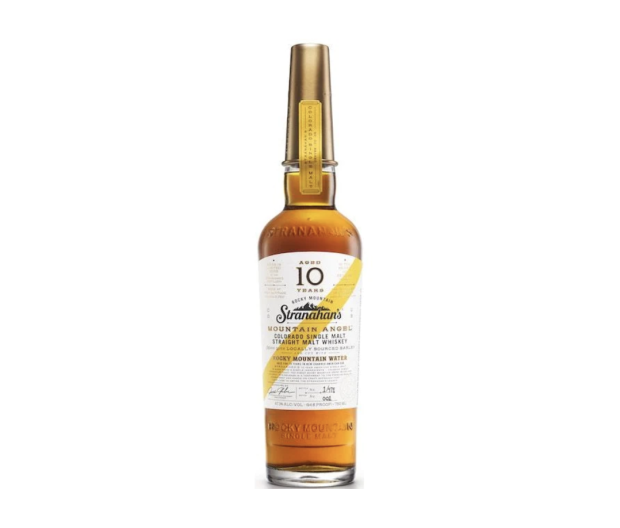
Courtesy Image
The first 10-year-old straight American single malt whiskey, Mountain Angel comprises 100 percent Rocky Mountain barley and Colorado spring water, made in small batches before aging for 10 years in new American oak barrels with a No.3 char. By using new American oak barrels, Stranahan’s is able to balance the flavors of Mountain Angel 10 Year’s malt distillate and oak barrels without outside influences.
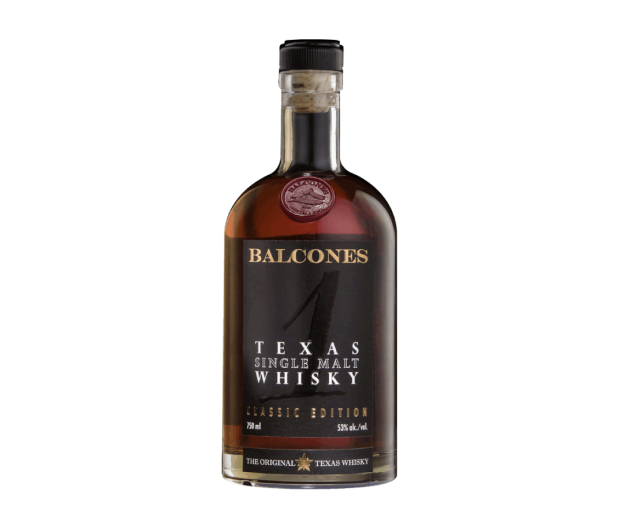
Courtesy Image
Balcones makes something even more specialized than American single malt: Texas single malt. The nose is ripe with buttered stone fruit, banana, and pears, followed by honey and rose water with delicate citrus accents. Silky and full on the palate, Balcones “1” Texas Single Malt delivers flavors of lightly toasted bread with fresh butter and marmalade. The long finish lingers with notes of burnt sugar, morphing into rich malt and wood flavors with counterbalancing acidity.
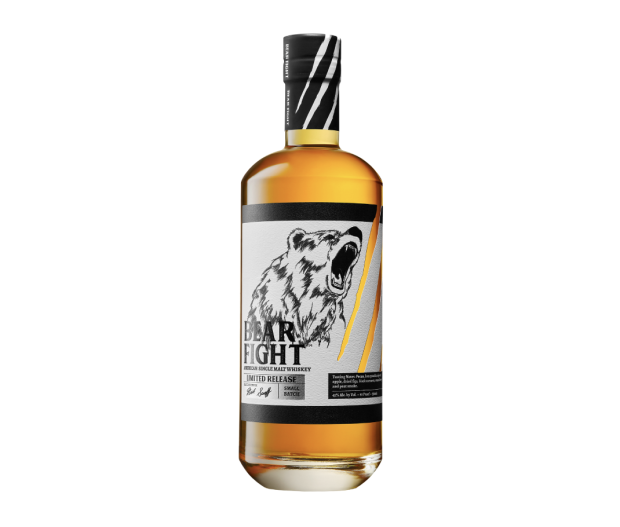
Courtesy Image
Blending old-world tradition with new world attributes, Bear Fight is an American single malt whiskey aged in first-fill bourbon barrels, then finished in peat-smoked oak and sherry casks. On the nose, the whiskey features toasted pecan, ripe red apples, and honeysuckle, followed by a palate of dried figs, black currants, wildflower honey, and candied dates. Finally, the finish delivers cream sherry, toasted oak, and a hint of peat smoke.
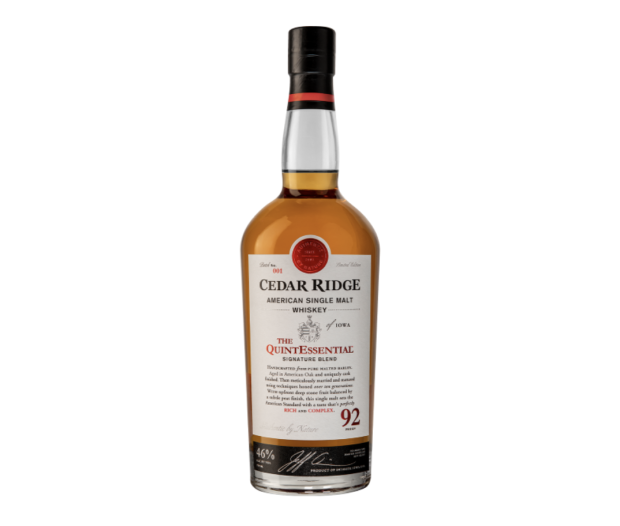
Courtesy Image
Made in Iowa from 100 percent two-row pale malted barley, the whiskey is then aged in American oak and uniquely cask finished: “We begin the process by aging our single malt in ex-bourbon casks for the first four years," says Murphy Quint, head distiller and director of operations. "Then we take the single malt out of the ex-bourbon casks and transfer it into finishing casks. Some of the casks we utilize for this part of the process include ex-brandy, ex-rum, ex-wine, ex-port, ex-sherry, and more." The whiskey spends an additional one to two years in its finishing cask, then the barrels are married together by dumping them into a wooden 1,100-gallon solera vat. "We’ll bottle half of the contents of the vat, then fill it back up," he says. "The solera vat never goes completely empty and the flavor profile is constantly evolving due to the different casks of single malt that get married into the vat."
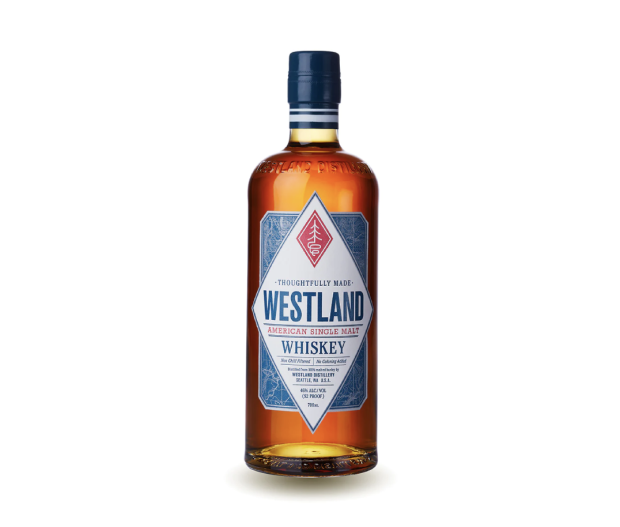
Courtesy Image
Ten years in the making, Westland’s single malt features five different malted barleys, including Munich Malt, Extra Special Malt, Pale Chocolate Malt, and more. It’s also aged in five different casks: new American oak, used American oak, first fill ex-bourbon, first fill ex-oloroso, and second fill ex-oloroso. Bottled at 46 percent ABV, the resulting whiskey offers a nose of custard, marionberry, maple, and toasted marshmallow. The palate finds almond, crème brûlée, black tea, white flower petals, and malted milk balls.
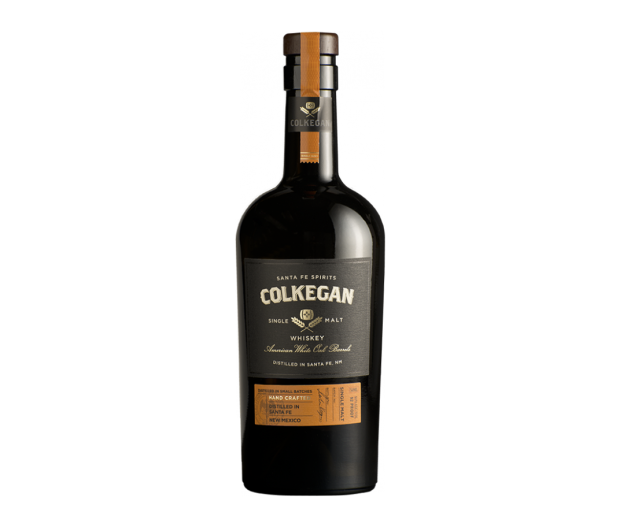
Courtesy Image
Peat is commonly used to give a distinct flavor to various Scotch. Meanwhile, Santa Fe Spirits’ Colkegan Single Malt Whiskey gets its complex flavor profile by using a different type of smoked malt: mesquite. The distillery’s high-altitude location also makes an impact as it sits 7,000 feet above sea level in the high desert and utilizes a climate-controlled barrel warehouse to maintain a more even temperature. The result is a mellow-yet-smoky whiskey completely unique to New Mexico.
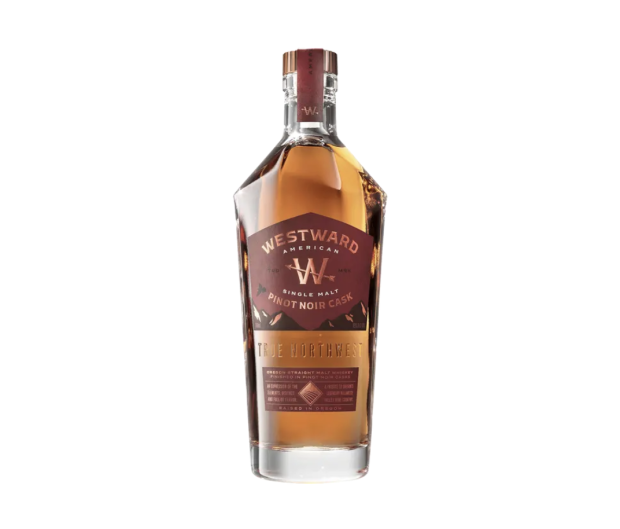
Courtesy Image
Distilled in Oregon and created as a tribute to its famous Willamette Valley wine country, Westward American Single Malt Pinot Noir Cask Whiskey was made in partnership with various Willamette Valley wine producers, including Bergstrom Wines and Suzor Wines. The end result was created by taking the distillery's Westward single malt and maturing it in two-char, kiln-dried new American oak barrels, before finishing it for up to two years in former pinot noir French oak wine casks.
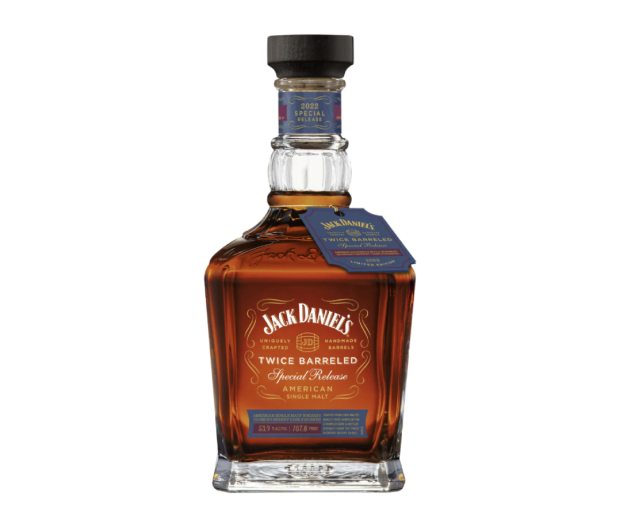
Courtesy Image
Jack Daniel’s Twice Barreled 2022 Special Release celebrates a new grain bill for the iconic Tennessee-based distillery: 100 percent malted barley. Charcoal-mellowed and twice-barreled for a complex taste, this bottling is first aged in new American white oak barrels, then finished in oloroso sherry casks and bottled straight from the cask with the proof ranging from 106.1 to 107.8.
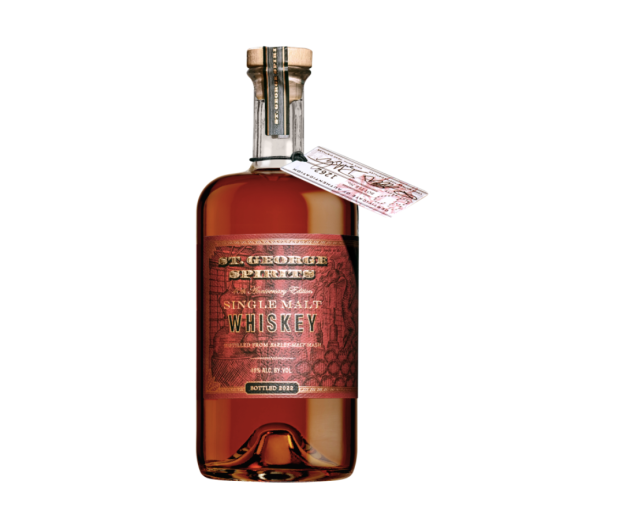
Courtesy Image
The St. George Spirits 40th Anniversary Edition Single Malt Whiskey celebrates four decades of California drink making from the Alameda, CA-based spirits distillery. It comes as an addition to the distillery’s portfolio of American single malts: Baller Single Malt Whiskey and the Lot Series, a yearly release, which the distillery began making in 1996 and first released in 2000. Master distiller Lance Winters and head distiller and blender Dave Smith sampled more than 600 casks over a period of several months, ultimately selecting only 14 to draw from for the 40th Anniversary Edition. The barrels range from four years old to one of the earliest casks the distillery ever laid down, and include a California sauternes-style cask, which imparts notes of stone fruit and rose geranium.
